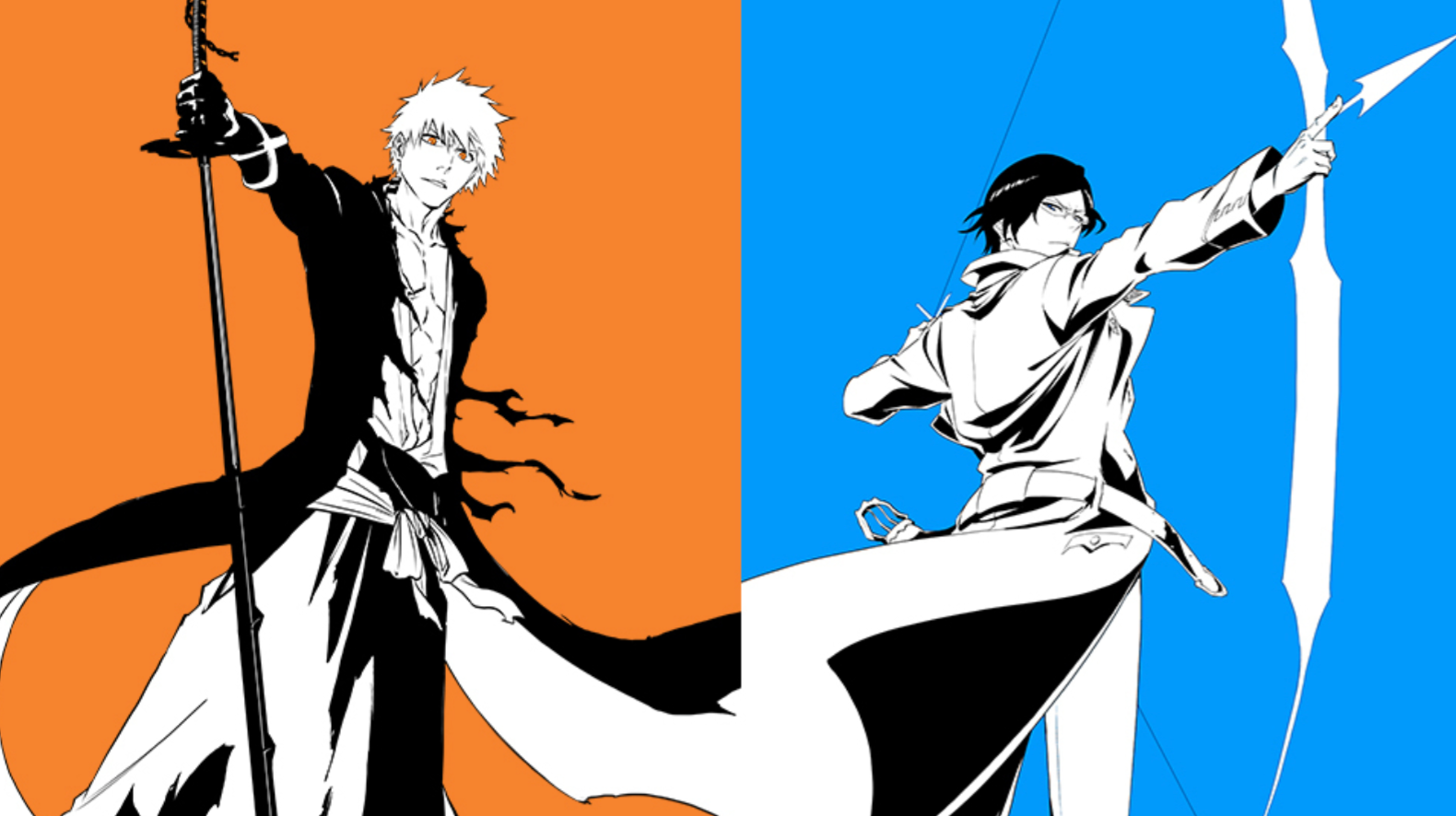Doom #1 Review: An Ode to Marvel's Greatest Supervillain
Doom #1 presents a self-contained cosmic odyssey capturing all that makes Doctor Doom great.
In the pantheon of supervillains there is Doom and then the rest. Jack Kirby's arch-villain for the Fantastic Four has become an emblem of the superhero genre and the comics medium featuring an iconic design of fearsome armor, unquenchable ambition paired with mad genius, and the depths of a tragic Shakespearean hero. When written and drawn at his best, there is simply no figure in all of Marvel Comics capable of rivaling Doctor Doom (as he would surely agree). That's why the arrival of a giant-sized one-shot featuring Doom at the end of the universe from modern master of the Fantastic Four Jonathan Hickman and cartoonist extraordinaire Sanford Greene is such a thrilling prospect; nothing stands before Doom.
The issue opens with Doom shattered amongst cosmic debris in detail-laden splashes that speak to Greene's mastery of the form. Doom's figure informs his character as much as his actions and speech, with layers of twisted armor covering hideous scars and unblinking eyes. It's an impressive depiction of the fearsome figure. Greene depicts a possible future in which so much has gone wrong and the rich complexity of their settings allows readers to instantly understand the tone of this tale, even if the details of how it came to be arrive later in the telling.
Readers familiar with Doom's lore or Hickman's seminal Fantastic Four run won't be surprised to discover who the key players are or how they relate to one another with both Valeria Richards and Galactus playing key roles. It's not the concept of an apocalyptic battle ravaging the Marvel Comics universe that impresses (that story has been delivered too many times to count), it's the way it's told that's bound to astonish.
Hickman's investment in Valeria and Doom's relationship was one of the best inventions of their Fantastic Four and it provides a humanizing lens for Doom here. Rather than reducing him to a monster with a soft spot, it reveals his character by providing him with a single person he respects and can openly address. Admiration and esteem define Doom's ability to relate to others and Valeria's intelligence provides even this narcissistic despot with some nuance.
Here it also offers a sense of pathos as Valeria recounts to her Uncle Doom how the universe came to meet its fate. Greene's spreads in this flashback narration make the telling a thrill. He summons spectacular intergalactic battles featuring nearly all of Marvel's most powerful and popular characters in a fashion that rivals some of George Pérez and Ron Lim's best work in superhero spectacle. Valeria's narration stitches the images together, but readers will be well served to lose themself in the details before returning to the story at hand.
As Valeria and Doom stand at the end of all things, the merits of Doom's characters grow increasingly apparent. Despite their hubris, readers are reminded of the many accomplishments and abilities it is founded upon and the adamantium-quality of willpower that undergirds them. There is something admirable to be found even in this arch-villain and Doom #1 presents a story in which Doom may be heroic, if not a hero. It deepens our appreciation for the character without seeking to rewrite or undermine their inner ugliness.
The sweep and scope of Doom #1 is every bit as grandiose as Victor von Doom has always envisioned their own life. Greene's imagery of a future defined by planet-shattering battles and the most fearsome forces of Marvel Comics at war matches those titanic aspirations on each and every page honed to focus on an eponymous character who avoids human attachments. It is a character study that captures both what makes Doom so fearsome and undeniably alluring. For any fan of Doctor Doom, Doom #1 is an obvious triumph that presents this comics icon at their absolute best.
Published by Marvel Comics
On May 15, 2024
Written by Sanford Greene and Jonathan Hickman
Art by Sanford Greene and Jonathan Hickman
Colors by Rachelle Rosenberg with Sanford Greene
Letters by Joe Caramagna
Cover by Sanford Greene and Matthew Wilson




